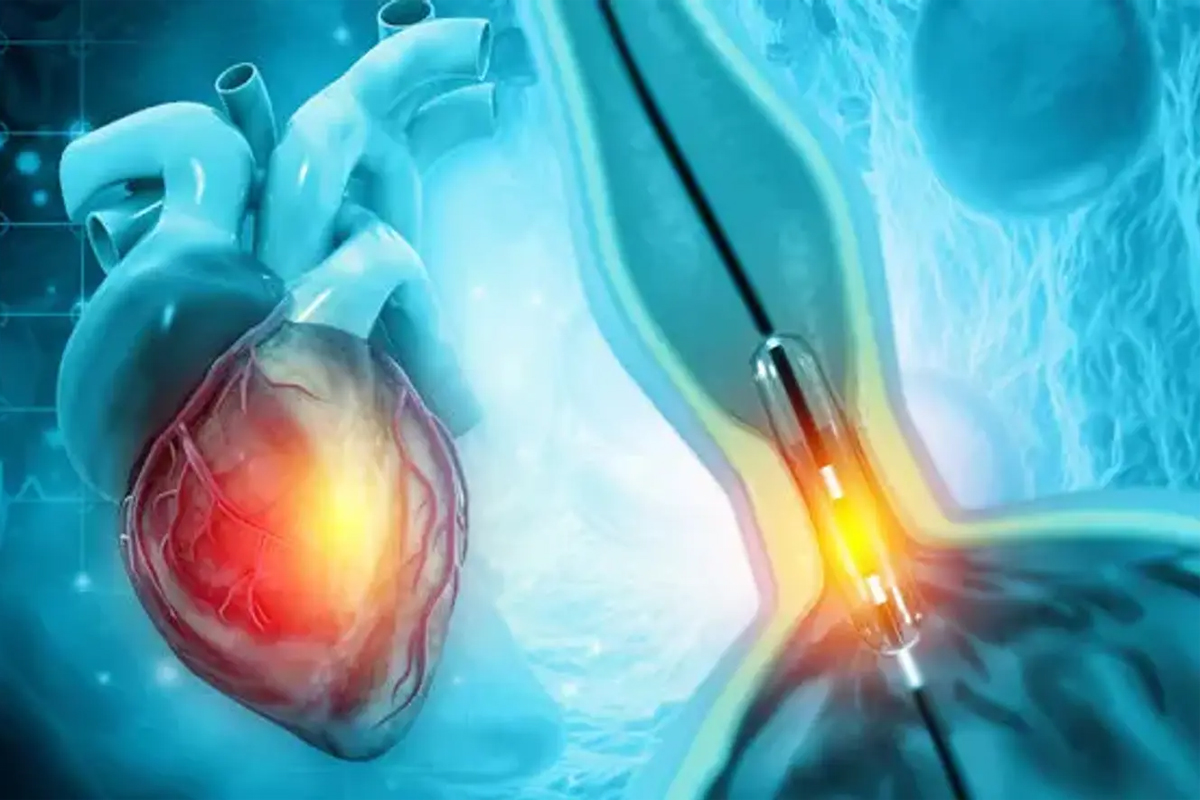What’s the Common Link Between Diabetes, Heart Disease, and Stroke?

Angiography is a medical imaging procedure used to visualize blood vessels and identify abnormalities, blockages, or narrowing that could impact blood flow. It plays a critical role in diagnosing conditions such as heart disease, peripheral artery disease, and other vascular disorders.
This minimally invasive technique produces detailed images, enabling doctors to evaluate your condition and recommend the most effective treatment plan. Understanding the symptoms that might require an angiography is essential for early diagnosis and preventing severe complications.
What Is Angiography?
Angiography is a diagnostic procedure where a contrast dye is injected into the bloodstream, followed by imaging techniques such as X-ray, CT scan, or MRI to capture detailed images of the blood vessels. This procedure helps doctors identify any blockages, abnormalities, or narrowing that may affect blood flow.
There are several types of angiography, including:
• Coronary Angiography: To examine the arteries of the heart.
• Cerebral Angiography: To assess blood vessels in the brain.
• Peripheral Angiography: To check the blood vessels in the limbs.
Each type provides critical insights into the condition of your blood vessels, aiding in accurate diagnosis and treatment planning.
Common Symptoms Indicating the Need for Angiography
1. Chest Pain (Angina)
Persistent or recurring chest pain, especially during physical activity or stress, may signal restricted blood flow to the heart. This could indicate coronary artery disease (CAD), where plaque buildup narrows the arteries, requiring angiography for confirmation.
2. Shortness of Breath
Difficulty breathing or feeling breathless during routine activities can indicate insufficient blood flow to the heart or lungs. Angiography helps detect blockages causing these symptoms.
3. Dizziness or Fainting
Frequent dizziness, lightheadedness, or fainting episodes may stem from poor circulation or blocked arteries in the brain. Angiography can reveal the underlying issues.
4. Fatigue and Weakness
Unexplained fatigue, especially with minimal exertion, could be a sign of reduced oxygen supply due to vascular problems. Angiography may be needed to identify the cause.
5. Leg Pain or Cramping (Claudication)
Pain, cramping, or numbness in the legs—especially when walking or climbing stairs—can indicate peripheral artery disease (PAD). Angiography of the lower limbs helps detect arterial blockages or narrowing.
6. Numbness or Tingling
Persistent numbness or tingling sensations in the limbs could result from poor blood supply to the nerves, often linked to peripheral vascular issues. Angiography can diagnose these conditions.
7. Heart Attack or Stroke Symptoms
Sudden weakness, slurred speech, or severe chest pain may indicate a heart attack or stroke. Immediate angiography post-event helps assess arterial damage or blockages.
8. Abnormal Heart Rhythms (Arrhythmias)
Irregular heartbeats or palpitations may point to issues with the coronary arteries. A coronary angiogram can provide insight into any blockages or complications.
9. High Blood Pressure
Chronic hypertension can damage blood vessels over time, potentially causing blockages or aneurysms. Angiography can assess the state of blood vessels in hypertensive patients.
10. Family History of Heart Disease
If you have a family history of cardiovascular diseases and are experiencing symptoms, angiography may be recommended for early detection and preventive care. Recognizing these symptoms and seeking timely medical attention can significantly reduce the risk of serious complications, making angiography a valuable diagnostic tool.
When Should You Consult a Doctor?
If you experience any of the symptoms mentioned earlier, it's essential to consult a healthcare provider promptly. Delaying diagnosis could lead to severe complications such as heart attacks, strokes, or organ damage. Based on your symptoms and the results of preliminary tests like ECG, stress tests, or echocardiograms, your doctor may recommend angiography to further investigate any vascular issues.
Preparing for Angiography
If your doctor suggests angiography, rest assured that it is generally a safe and well-tolerated procedure. To ensure a smooth experience, follow these steps to prepare:
• Discuss Medications and Allergies: Inform your doctor about any medications you're taking and any allergies you may have, particularly to contrast dyes or anesthesia.
• Fasting: Avoid eating or drinking for several hours before the procedure, as advised by your healthcare provider.
• Arrange for Transportation: Since mild sedation is often used, make arrangements for someone to drive you home after the procedure.
Proper preparation can help ensure a smooth and successful angiography experience.
Conclusion
Recognizing symptoms that may necessitate angiography is essential for early intervention and preventing serious health complications. Whether you're experiencing chest pain, shortness of breath, or leg cramping, these warning signs should never be overlooked. Angiography provides a detailed view of your blood vessels, allowing for accurate diagnosis and targeted treatment. If you or someone you know is showing these symptoms, seek medical attention promptly to protect your health. By understanding the signs and acting quickly, you can significantly enhance your quality of life and overall well-being.





